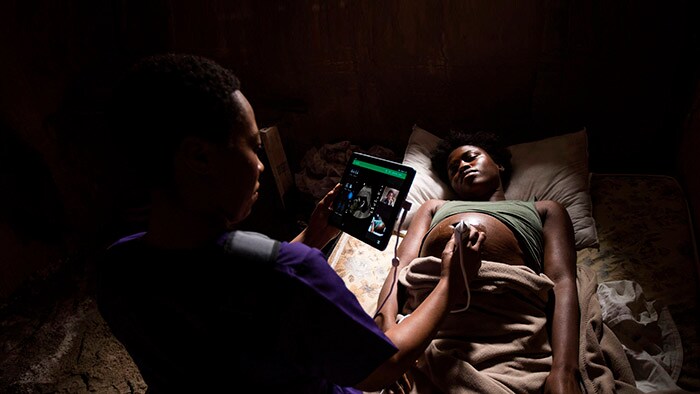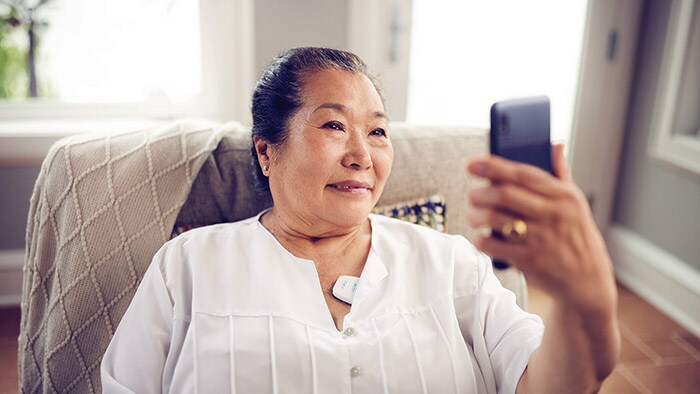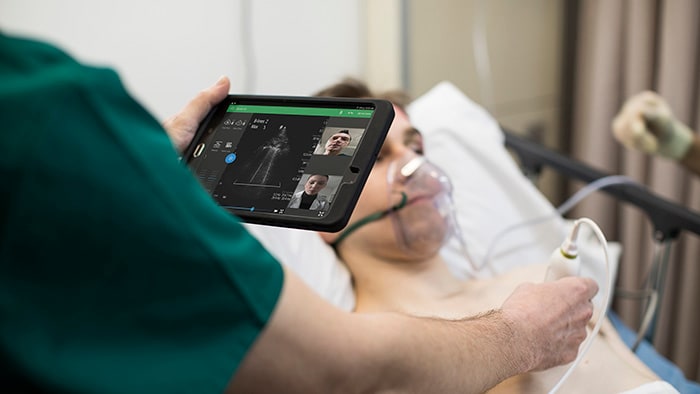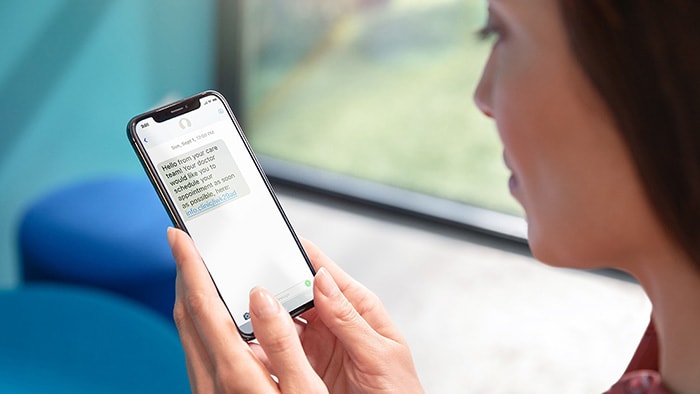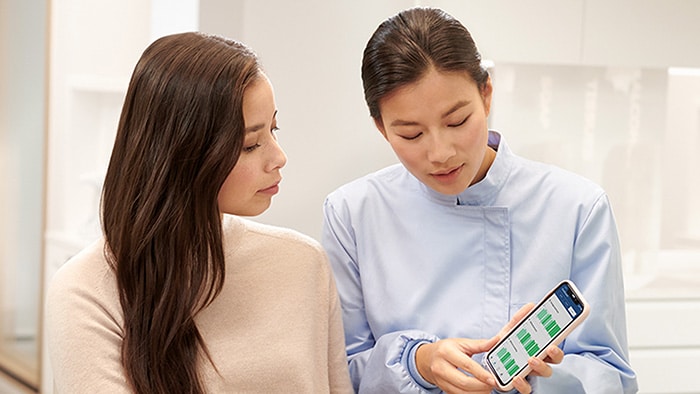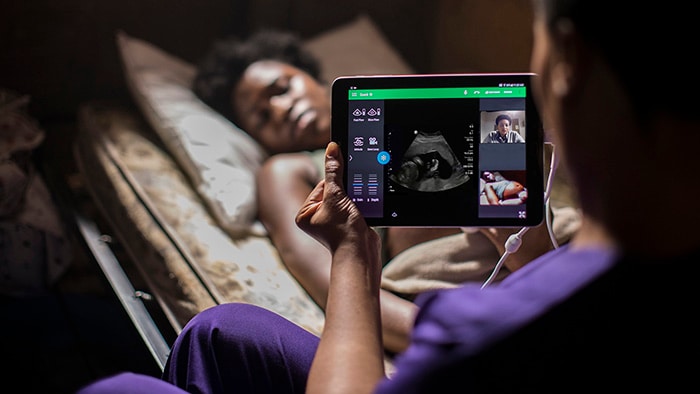By Jan-Willem Scheijgrond
Global Head of Government and Public Affairs, Philips
We know we can only achieve universal health coverage (UHC) by 2030 when the public, private and non-profit sectors work together. But when it comes to making concrete agreements and getting things done, all parties involved, regardless of which sector they represent, can fall into a familiar trap. It goes something like this: after preliminary plans are drawn up and parties agree to work with each other, there’s great excitement and lots of energy. The future is bright. However, all parties quickly realize that making meaningful progress isn’t so easy, especially when each party is focused purely on pushing its own interests and battling to exert or retain control over certain aspects of the partnership. This stifles progress and after some time of trying to move forward, the parties either agree to reduce the scope of the project or quietly dissolve it. All that time and energy spent setting up the project fails to deliver anything meaningful, leaving all parties disillusioned. It’s sometimes unavoidable. However, in my experience the deterioration of a once-promising partnership too often comes down to an unwillingness or inability on all sides to compromise in the short-term in order to achieve great things together in the long-term. This breakdown can be the result of organizations from different sectors not fully understanding or trusting each other. We still have some way to go here. I’m often the one explaining things from the private-sector side. And it will take more explaining and listening and working together, from all sides. The good news is we are making progress. The simple truth is that successful partnerships between the public, private and non-profit sectors are like any other – all parties must be willing to give in order to receive. This means giving up some control, not all, for the greater good of the partnership. ‘Letting go’ is not easy. It’s natural, of course, for all parties to look out for their own interests. But COVID-19 has shown us what can be achieved when parties across all sectors work together. The stories of successful collaboration in the face of the pandemic have often been underpinned by all parties giving up some control and placing trust in the other in order to get things done on a massive scale.
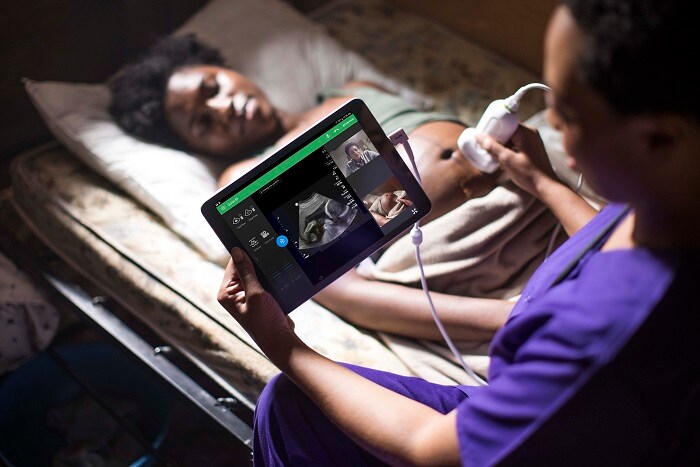
The large-scale cooperation between governments and pharmaceutical companies to invest in vaccines for COVID-19 is one example. Governments rely on vaccine producers to do everything they can to develop a functioning vaccine, while governments commit to purchasing the vaccines – even if they fail. In return, concessions are made on pricing, transparency is increased, and risks are shared in unprecedented ways. This type of collaboration may well pave the way to better understanding between sectors, and certainly more collaboration, also after the crisis. By suggesting all parties let go of some control, I’m not suggesting we skip important checks and balances. It’s about approaching partnerships with a willingness to keep an eye on the bigger picture – the big goal – also allowing for missteps and agreeing on how to act when one is taken. This is what we’re doing with the primary care fund we’re aiming to set up in collaboration with other parties, with the shared goal of accelerating large-scale transformation of primary care in Africa. Why are we doing this? We all know that primary care is the best way to achieve UHC. At the same time, it remains heavily underinvested in. At Philips, we have developed a number of service delivery innovations in primary care that could work at scale. But when we looked around for a primary care investment vehicle to scale these projects, we discovered that they did not exist. That’s why we decided to develop a fund ourselves. To ensure the fund was aligned with real needs, we asked the UNFPA, AMREF, UN SDG Partnership Platform Kenya, and the Kenyan Ministry of Health to help us define the criteria by which to measure success of the fund and its investments. So instead of Philips determining the criteria for success, we’ve asked the representatives of the future beneficiaries to feed in. In addition, we are looking for the fund to be hosted and managed by independent organizations and opening it to non-Philips projects. We’re giving away a lot of the control with the view that we’ll be able to pull together a fund that impacts far more people than if we were to go it alone.
When parties are willing to give up some control, it allows the partnership to move beyond good intentions and focus on the impact that can be achieved together.
Jan-Willem Scheijgrond
Global Head of Government and Public Affairs, Philips
In the past, we might have tried to control every aspect of the set up. But just by relinquishing control of some elements, we have received an overwhelmingly positive response. Letting go may be a risk and it can be painful, but in times like these, organizations from all sectors are thinking again about the greater good. And I think this sentiment is here to stay. UHC2030 is another example of different parties coming together to get things done, with a commitment to keeping an eye on the big goal. It’s all about accelerating equitable and sustainable progress towards achieving UHC. As Prof. Piyasakol Sakolsatayadorn, the then Minister of Public Health for Thailand, described it back in 2017, “We need strong collective actions to achieve UHC2030. We should build collective trust through reducing our self-interest to the minimum and put public interest as the top priority.” Fitting words for the position in which we now find ourselves. So let me leave you with this thought: when parties are willing to give up some control, it allows the partnership to move beyond good intentions and focus on the impact that can be achieved together. I truly believe this can help pave the way to achieving UHC, but also the other SDGs. I am curious to hear what you have achieved by letting go. This blog was originally published on the website of the World Economic Forum.
Share on social media
Topics
Author

Jan-Willem Scheijgrond
Global Head of Government and Public Affairs Jan-Willem leads the global network of government and public affairs professionals at Philips. He heads up partnerships with international partners such as the United Nations and the World Health Organization.
Follow me on


